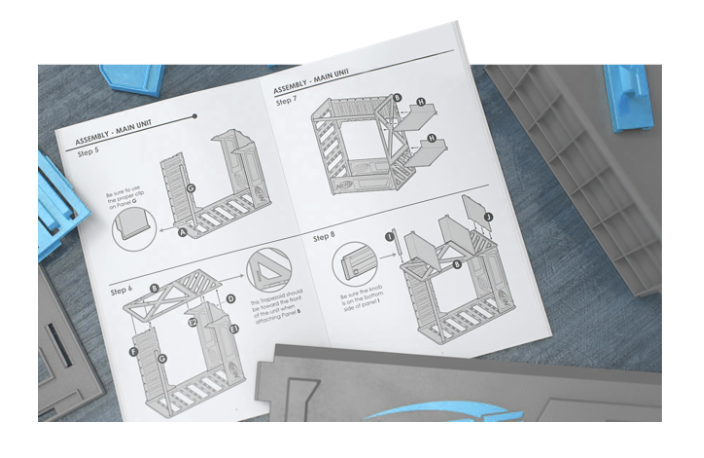

This works with a specific set of data import options (currently, Creo, SolidWorks, Rhino and most recently, Solid Edge and Autodesk Fusion 360) where a plug-in is installed into the host CAD system and data ‘pushed’ to KeyShot. These include the ability to have the geometry centred in the environment, snapping the model to the ground plane, scaling as well as handling mismatches between orientation of different CAD systems’ co-ordinate systems (relating to which axis is considered in the ‘up’ direction).Īlso worth considering is LiveLinking introduced in the KeyShot 4 release. The import process provides a handful of options depending on what you want to do. Non-native or standards-based formats also have a good level of support, including the usual suspects of STEP, IGES, Parasolid and ACIS, as well as STL, Collada, FBX and several more. Both parts and assemblies are supported and you can import more than one set of geometry to build up your scene. These include Alias, Catia, Inventor, Maya, Creo, Pro/Engineer, Solid Edge, SolidWorks, Unigraphics/NX and AutoCAD. The import option allows you to bring in data from a variety of native CAD systems. Importįile import is something that KeyShot has nailed down either through third party data translators or direct integration of CAD vendor’s libraries. These follow the workflow required to set-up a model, so let’s follow them. The majority is devoted to the model viewing area.Īs experienced users will know, there’s a strip of icons along the bottom of the screen that bring up various panels or task specific dialogs. The user interface is clean, which is a rarity in standalone rendering systems. With that in mind, let’s step through how the system works (for the benefit of those that haven’t used the system) then look at what’s been added, changed and enhanced.Īs a lot of work has been done on how the user interface is laid out, let’s look at KeyShot from first principles. With KeyShot 5, the team behind the product has stepped back and given the user interface a refresh, added in a bunch of new tools to advance the state of the art - as you’d expect from a major release. It’s clean, it’s lean and it has found its way into many users’ toolkits.
#Assigning two materials keyshot 6 full
Developed by Luxion, it’s a progressive renderer, meaning you get the visuals streamed to your screen, rather than waiting for a full test render to finish.

One of the leading exponents of the standalone crowd is KeyShot. = .1 KeyShot 5 sees an overhaul of the user interface to bring commonly used commands to the fore and open up the system’s various options and commands (HDRI environment and back-plate from ) # lets see if we can find an object with a material on this layer The new version should work, at least it worked with the textures i assigned… let me know how it works import Rhino I updated the script to also check if any object on a layer already has a material assigned and then use that.Īlso when you save a file with textures for somebody else there is an option “save textures” which has to be checked or the textures will be lost in translation

Ok i misunderstood, i thought you would have materials assigned to layers but in your file they are all asigned to objects. # if there is already a layermaterial, we get to be lazy :) If a layer already has a material assigned, the material will be assigned to all objects on it, otherwise a new material will be created and assigned to all objects on that layer. Here is an updated version of the script: The Lumion documention is mis leading! your script works just how I want it to work. That works great, many thanks… I did not expect someone to create code, I thought there might be a standard way to do this in rhino… # and redraw all views so we can see what we did # tell the object to use its assigned material as its materialsource # assign a material by layerindex, easy to do with our dict # finally store in the dict together with its layer # add it to the doc, so we can assign it to objects # name it like the layer fullpath, because fullpath is ALWAYS unique # create a dict to keep track of material layer relation # disable redraw, because depending on the number of objects this could get heavy " * If you assign the material to a layer, all objects on the layer will then be identified by that material name when imported in Lumion "Īnyways here is a script that creates one new, uniquely named material per layer and then assigns this material to all objects on this layer


 0 kommentar(er)
0 kommentar(er)
